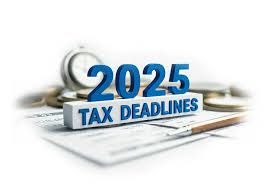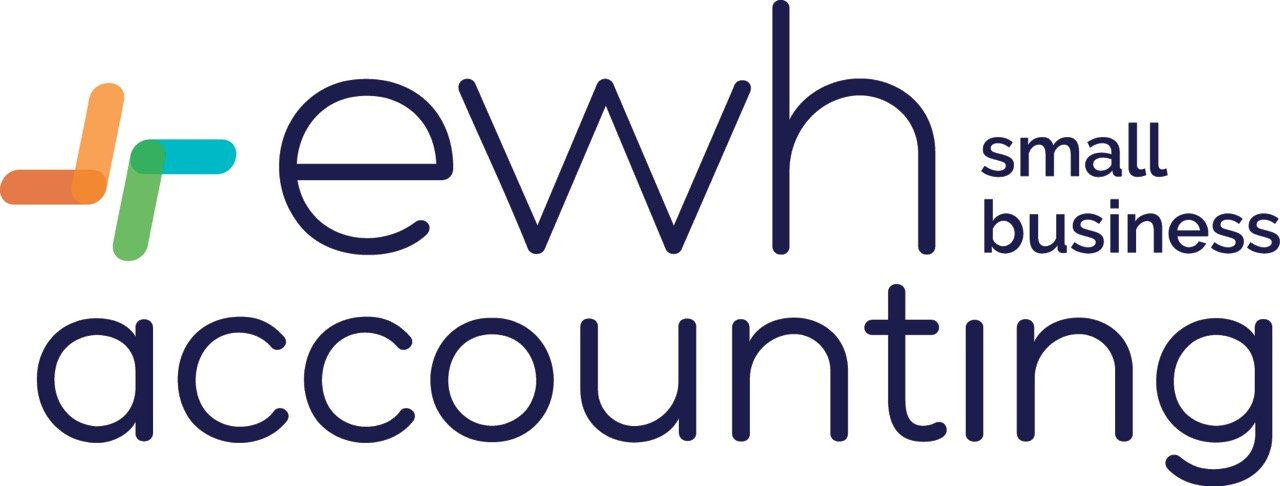The ABC’s of Reading a Financial Statement: Your Business Scorecard
February 26, 2025
The ABC’s of Reading a Financial Statement: Your Business Scorecard
Does your Accountant teach you how to understand your numbers so it’s meaningful to you and your restaurant? Do you
understand the terminology? Do you know your breakeven point and is there a budget in place for your restaurant? Every
business owner should be able to determine the strengths and weaknesses of their finances by reviewing the numbers of
their financial statement.
Your financial statement is comprised of 3 separate statements; a balance sheet, an income statement and the cash flow
statement. The key factor to understanding your Financial Statement is having the right Accountant working with you. The
right Accountant will develop a system showing you how to:
A. Compile information – your monthly accounting information, such as your bank statement, sales and expense reports,
etc., will be complied into a Financial Statement - the scorecard for your business. This scorecard is what you analyze to
understand the story your numbers are telling you about your restaurant.
B. Read Your Numbers – This is like the beginning step where you learn to read the words on the page. Understanding
the key numbers on your financial statement like sales, profit or loss, wages, and ending cash is crucial. Reading the
numbers is the first step, analyzing is the next step. Just because you understand the words on the page doesn’t mean
you understand how to comprehend them in the context of the paragraph, chapter or a story as a whole.
C. Analyze where you’re at – Understanding how to make your financial information meaningful is vital to making financial
decisions. For example, taking the information on your scorecard and using it to determine your break-even point,
or know how much working capital you have, develop a financial plan, working within a budget, or monitoring trends.
Breaking out your wages, or your food costs from your liquor. Doing simple things like this will give you insight to the
story your numbers are telling you. In financial terms, this is called financial analysis.
These three steps allow you to get a complete and accurate understanding of how much money you have, how much money
you owe, what’s your income and how much your business has in expenses. This is the story your numbers are telling you.
The initial time invested in training a restaurant owner to understand these steps is vital because it enables them to
understand what needs to change within their business financially, and focus. Focus on customer service and serving
excellent food.
Make sure you have a system in place to cover all your bases ensuring if you’ve made any of these mistakes you’re able to
turn them in to successes.
For more information, contact EWH Small Business Accounting S.C. by email at: info@ewhsba.com or
give us a call at 608-781-5625.

Thanks to a tip from writer and tax attorney Kelly Phillips Erb, we confirmed a series of confusing and potentially misleading errors on the IRS website just days before the tax filing deadline. What’s going on Tax professionals are reporting, and we’ve verified, that when logging into a taxpayer’s online account on IRS.gov, the system displays April 22, 2025, as the extension payment due date instead of the correct April 15, 2025, deadline. One possible explanation is that April 22 may refer to the five-business-day window to “perfect” a failed e-file submission. In these situations, while the original filing must still be submitted by April 15, the IRS allows until April 22 to correct errors and resubmit without late filing penalties. However, the site does not explain this situation, and the message lacks context. Additional problems found include: Mislabeling the amended return as “104X” (instead of Form 1040-X) Some are seeing a message that implies returns already filed and processed returns for 2022 and 2023 are still being processed Why this matters This misinformation could easily lead taxpayers and preparers to mistakenly delay extension payments until April 22, risking late payment penalties and interest. With no clear explanation on the page, this error is misleading and problematic for those relying on IRS guidance. What we’re doing We’ve raised these concerns with our IRS contact and requested immediate clarification and corrections to avoid further confusion during this critical time. We’ll monitor the situation and update you with any developments.

The Financial Crimes Enforcement Network (FinCEN) issued a major update on Friday to its beneficial ownership information (BOI) reporting requirements under the Corporate Transparency Act. In line with the U.S. Treasury’s March 2, 2025, announcement, U.S. companies and persons are no longer required to report BOI to FinCEN. Key points from the interim final rule: -The definition of a “reporting company” now includes only entities formed under foreign law that register to do business in the U.S. via state or tribal filings. -U.S.-formed entities (formerly known as "domestic reporting companies") are exempt from BOI reporting requirements. -Foreign reporting companies must continue to report BOI, but they will not be required to report any U.S. persons as beneficial owners. -Likewise, U.S. persons who are beneficial owners of such foreign entities are not required to report BOI to FinCEN. The FinCEN website provides new reporting deadlines and further guidance for foreign entities. NATP continues to monitor the situation and will keep you informed of any updates or changes to BOI reporting requirements as they arise.

All business owners face an interesting challenge: how to take profits out of the company and pay the least amount of taxes in the process. If you have an S corporation, there are basically two ways you can get money out of the company: by paying yourself a reasonable salary and by paying yourself distributions. The owner’s salary is subject to FICA and Medicare taxes while an income distribution is based on profits of the business and is not subject to FICA and Medicare taxes. HOW IT ALL FLOWS Below is an illustration of a Sub S corporation’s performance over two years, with a profit in the first year and breaking even in the second year. Year One ABC Corporation owned by John Smith makes a profit of $100,000 and John, the owner, (not the corporation) pays the taxes on the Profit. The Profit flows through to the Sub S owner who pays federal and state taxes on the profit. The $100,000 Profit flows to the owner’s personal tax return and owner pays personal taxes of $20,000. Instead of writing a personal check, the owner elects to have the business write a check which is classified as an income distribution to the owner, leaving the business with $80,000 in the bank. Year Two The owner elects at the end of year two to take a $70,000 income distribution. He is not required to pay taxes since the business did not have a profit in year two. Taxes were paid in year one on the profit that was distributed in year two. The important thing to remember is that the owner pays income taxes each year on the profits that flow to him/her. The income tax owed is calculated on the profit, not the amount of distribution. The moral of the story is: You pay taxes when profits are incurred, not when the cash is distributed. For more information, contact EWH Small Business Accounting S.C. by email at: info@ewhsba.com or give us a call at 608-781-5625.

